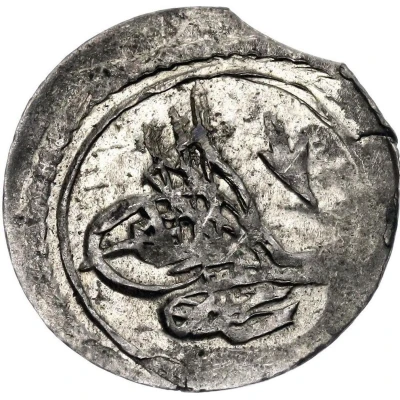


© Katz Coins Notes & Supplies Corp.
5 Para - Old design
| Billon | 0.6 g | 15 mm |
| Issuer | Eyalet of Egypt (Egypt) |
|---|---|
| Sultan | Mahmud II (1808-1839) |
| Type | Standard circulation coin |
| Years | 1227-1243 (1812-1827) |
| Calendar | Islamic (Hijri) |
| Value | 5 Para (⅛) |
| Currency | Piastre (1688-1834) |
| Composition | Billon |
| Weight | 0.6 g |
| Diameter | 15 mm |
| Shape | Round |
| Demonetized | Yes |
| Updated | 2024-10-04 |
| Numista | N#411369 |
|---|---|
| Rarity index | 97% |
Reverse
Script: Arabic (naskh)
Lettering:
١٢
ضرب فى
مصر
١٢٢٣
Translation:
12
Struck in
Egypt
1223
Interesting fact
One interesting fact about the 5 Para coin from the Eyalet of Egypt is that it was made of Billon, which is an alloy of copper and silver. This was a common practice in the Ottoman Empire, where the coin was minted, as it allowed for the production of coins with a silver-like appearance without using pure silver. The use of Billon in coinage dates back to the 16th century and was used until the early 20th century.

